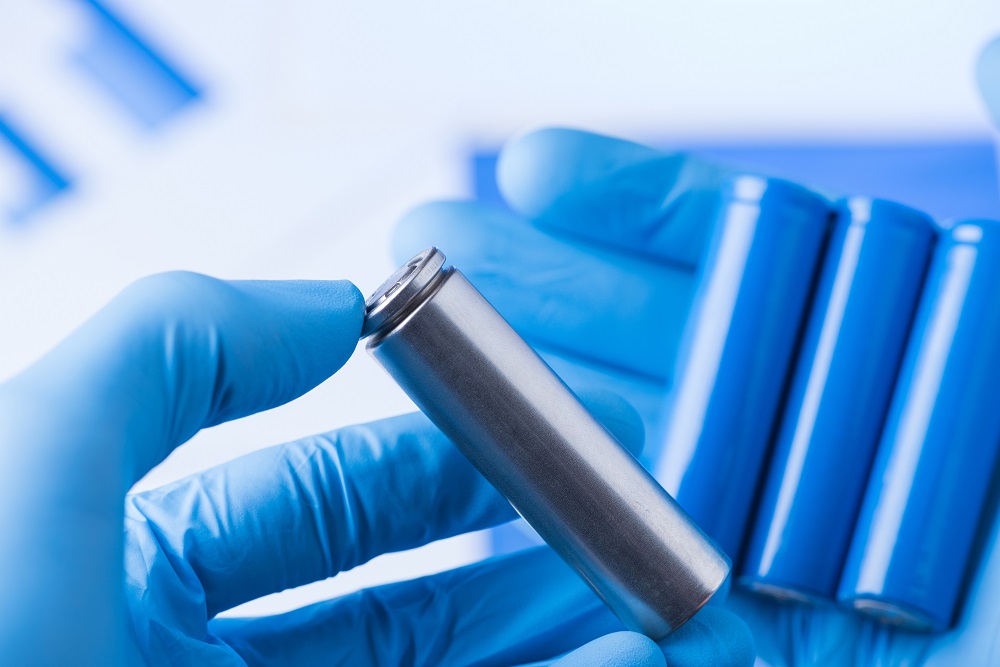Although far from the first company to offer such technology, Tesla’s recent unveiling of new batteries that will allow users to store considerable amounts of renewably collected energy could become the household product of the future. These batteries are designed to be interchangeable, portable physical devices that can collect energy from solar panels or hydro-electric sources before storing it for use at a later date – perhaps when there is no sun for the solar panels.
Portable and interchangeable, these batteries allow power generated in one location to be transported for use elsewhere. As mentioned, this is far from original technology, but Elon Musk’s Tesla is the first company with the resources to make it a mass consumer product. Specifically, it is Tesla’s car business which allows the necessary parts to be purchased for cheaper than is possible with any competitor. And the planned 10-million square-foot “Gigafactory”, which Tesla has in the works, affords the technology giant more capacity than anyone else to manufacture these batteries.
The Power of Lithium-Ion
As expected, these new batteries make use of lithium-ion technology, a type of battery invented in the 1990s and which is by now becoming the go-to composition for new battery technology. These batteries offer a massively increased charge capacity and significantly longer charge cycles. The technology is already a mainstay of many excellent products that have recently emerged for the household market. High performance USB rechargeable smart batteries, such as those produced by tech company Pale Blue Earth, are already bringing to bear the power of lithium-ion on everyday battery-powered household devices.
Lithium-ion cells comprise the batteries that are found inside electric cars. And it has been a reduction in the cost of producing these large batteries – as well as developments and refinements in their efficiency and longevity – that has finally made electric cars a commercia reality. It is expected that electric cars will have completely replaced gas-powered vehicles within a couple of decades, and it is lithium-ion technology that has made this possible.
Driving Down the Price
It is a simple law of economics that the easier something can be produced, the cheaper it can typically be sold for. As things stand, large batteries designed to store renewably generated power for later use are very expensive and far from a simple consumer product that can be thrown into the shopping cart at the supermarket. The idea is to change all of that and make long-term storage of renewable energy a reality for everyone.
Accordingly, these batteries are designed to be wieldy and easy to use. The goal is to make batteries that can store significant amounts of renewable energy and also be as simple to use – and as easily interchangeable – as the AA battery inside your alarm clock.
Driving Development
And when it comes to a projected marketability of such products, the future certainly looks promising for precisely this type of technology. Not only are we seeing the first commercial enterprises that can viably make and sell these products, but the general drive towards increasingly more renewable energy solutions (in almost every area of life) is another factor ensuring the market for these products will only grow in coming years. We have already seen how solar panels, for example, have become considerably cheaper and thus far more widespread among households; and the more that technology proliferates, the greater the consumer demand for batteries that can collect and store renewable energy will be.
It is well-known that Elon Musk dreams of a completely battery-powered future. The way things are going, that dream seems less and less far-fetched by the day.




